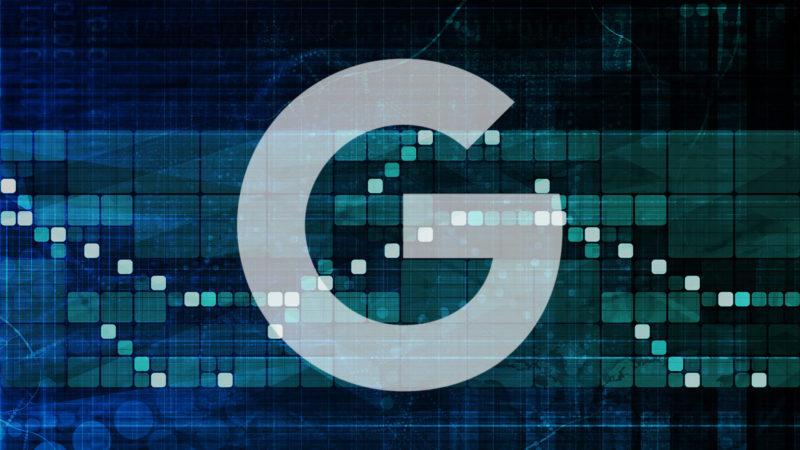Trend observation: branded PPC ads getting more expensive
Have you noticed your brand CPCs increasingly lately? It's not just you. Columnist Thomas Stern shares data which suggest that branded terms have become more expensive since Google's recent SERP changes.
Since the recent update to Google SERPs that removed ads along the right-hand rail, our paid advertising team at ZOG Digital has monitored changes in the performance of PPC ads and the resources required to maintain engagement rates.
Our client research shows that since the change to paid ad layouts, many branded PPC campaigns require additional bid increases to maintain positions and search engagement.
Below, we examine the possible causes of this adjustment to identify how marketers can diagnose irregularities and keep campaigns optimized for engagement.
1. What we’re seeing
We have been constantly studying auction insight reports, both before and after the right-hand rail change, to see how competition may have been affected. In conjunction with that data, we continuously monitor key performance metrics to identify how position changes may affect overall click volume.
From this, we observed that branded traffic is getting more expensive in order to maintain positions (February 7–16 vs. March 27–April 5). On average, CPC to maintain a top position for a branded search has increased more than 60 percent.
2. Why CPC is increasing
Aside from Google increasing branded keyword value of its own accord and barring site changes that would deem the advertiser less relevant for their own terms, CPCs would only increase if competition bid up the value of a given term. However, for branded traffic, that is more unlikely, since the Quality Score and ad rank for competitors bidding on brand terms should almost always be less than the brand itself.
Our suspicion is that Google has made it easier for competitors to improve Quality Scores and compete against brand terms. As a result, our own costs to maintain position on our brand terms have increased. The alternative theory would be that competitors coincidentally started bidding up on brand terms following the right-hand rail change. In either case, the reaction is the same.
3. How to identify irregularities
To identify if your branded keywords are being affected by increased competition and bids, start by analyzing metrics on a brand vs. non-brand level. Isolate campaigns within each section to discover what specific keyword groups are experiencing the most change.
Keep a close eye on metrics that reflect your ROI and competition: Avg. Pos, CTR and Avg. CPC. Depending on your date range and click volume, closely examine any significant shift (+10 percent) in CPC before and after the right-hand rail change that is not also accompanied by an improvement in ad position or CTR. Specifically, check your auction insights week over week to see if any competitors are now participating that may not have been before.
Try to maintain the necessary bid in order to keep consistent positioning in reference to your historical placements. For example, if you are normally competing in position 2.0, adjust bids to stay in that position going forward. This eliminates a variable when examining possible causes for any changes in click volume. If your position is allowed to drop and CTR does the same, it will be more difficult to pinpoint the exact reason for the change in click volume, as lower positions equal lower click volume.
For additional insights, leverage underutilized AdWords Reports that can help your brand stay competitive in search.
4. Improve your PPC engagement
The best way to increase paid search engagement is to understand the performance factors for campaigns in as much detail as possible. Ensure your campaigns are analyzed as extremely niche categories that provide detailed insights for particular markets, product/service categories, geo-segments, demographics and competitors. Evaluate insights at a keyword group level to identify areas of a campaign that require adjustments to stay competitive.
Remember that while competitive bids are important for maintaining paid search exposure, Quality Score and relevant content play a big role in placement and ROI.
Ensure each keyword segment leads users to a highly relevant landing page to keep quality scores and search rankings optimized. For additional improvements to Quality Score, design content for all devices to stimulate on-page engagement and conversions. Align targeting with long-tail keywords, ad copy and on-page content that creates a seamless user experience and meets expectations.
Opinions expressed in this article are those of the guest author and not necessarily Search Engine Land. Staff authors are listed here.
Related stories

